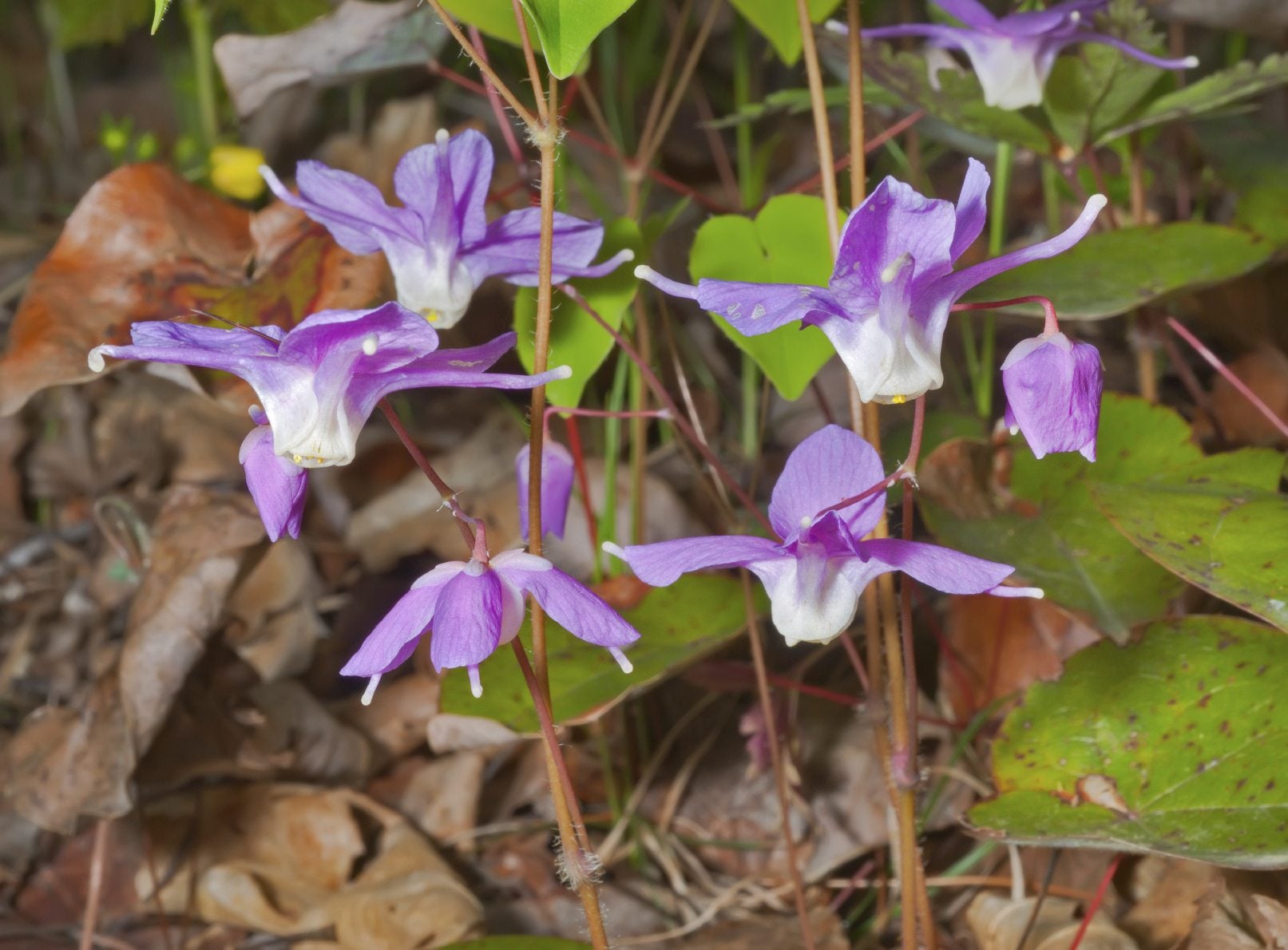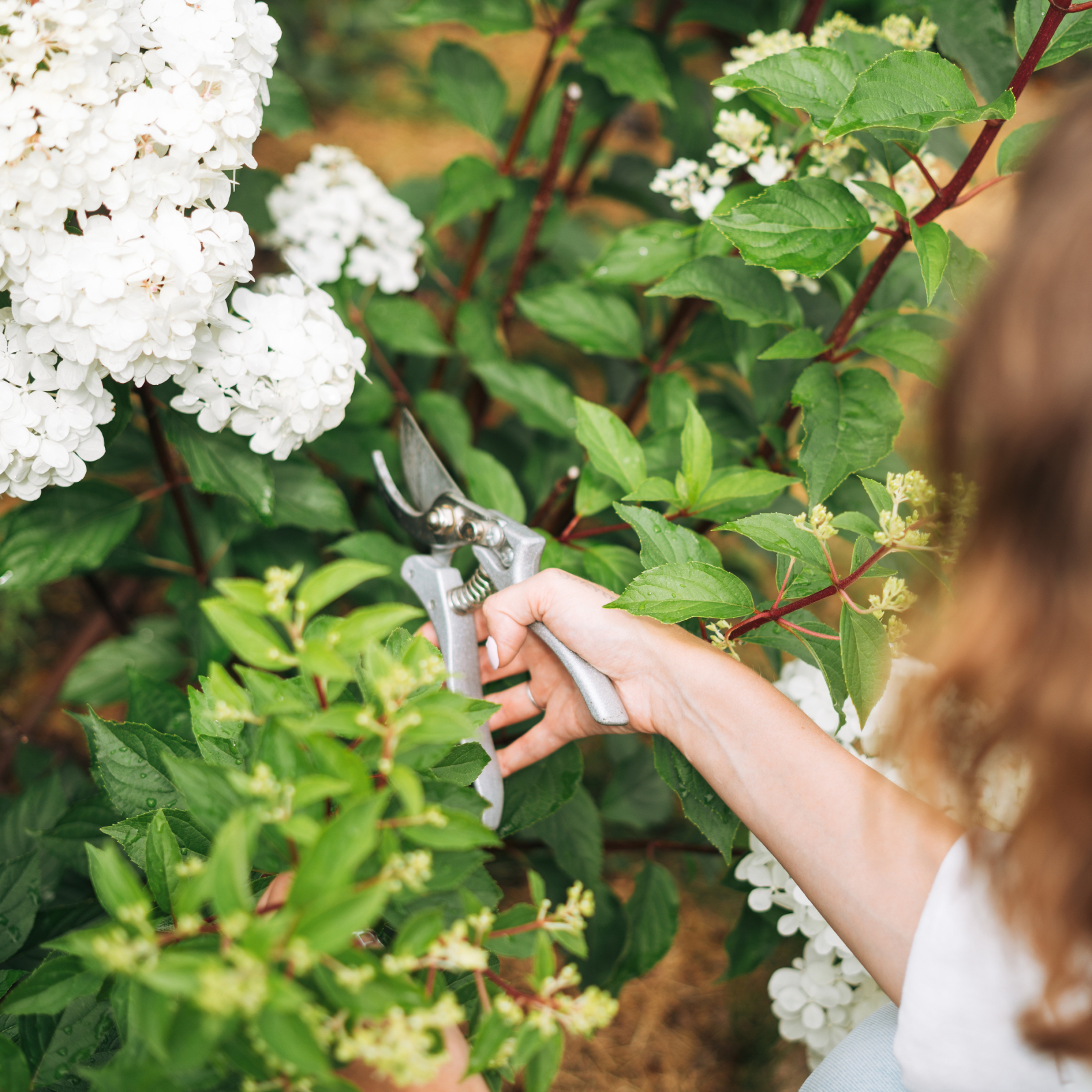Barrenwort Plant Info – Tips On Growing Barrenwort Flowers


It is always a challenge to find plant specimens that will thrive in low to nearly no light. Full shade loving barrenwort flowers flourish even in the deepest shadows. Read on to learn more about this interesting plant.
Barrenwort Plant Info
Barrenwort (Epimedium grandiflorum) is an unusual and rare herbaceous plant. It is an Epimedium that is also called Bishop’s Hat and Longspur. It is a shade lover that is native to the Mediterranean and temperate east Asia. Try growing barrenwort under overstory trees and other tall plants to add a touch of woodland whimsy to the landscape. Some interesting barrenwort plant info includes that these Epimedium may be deciduous or evergreen, though most species are evergreen except when grown in northern climates. Barrenwort produces lovely heart to lance shaped leaflets. These have attractive veining and come in bronzy pink before maturing to green. Fall foliage may be edged with maroon or gold. Leaves are primarily basal and divided two or three times, giving the plant an airy appearance where they are set upon wiry stems. Barrenwort flowers are delicate four petaled blooms that hang in racemes and come in a range of colors. The flowers resemble columbine and have a spur flirtatiously tipping the base of the bloom. Flower colors range from pink, lavender, beige, yellow, purple, white, or red. The plant grows from rhizomes, which are difficult to find, but can be purchased at specialty nurseries. Over time barrenwort naturalizes to form a dense mat of foliage, making it an excellent perennial groundcover for low light situations.
How to Grow Barrenwort Plants
These magical little plants are resistant to deer and drought tolerant. In colder climates you may choose to start rhizomes indoors and plant out after all danger of frost has passed for a quicker display. You can also divide a clump in spring before plants flower or in fall. Growing barrenwort requires acidic soil with plenty of organic amendment. They need regular water as the plants establish but can tolerate low water situations once they are mature. The plant is prolific once mature and it is easy to harvest rhizomes to start other areas or give away to gardening friends.
Barrenwort Care
Now that we know how to grow barrenwort plants, it is time to learn something about their maintenance and care. Barrenwort flowers will usually die back in winter but some, such as red or bicolor barrenworts, are evergreen. These can benefit with a shearing in late winter to encourage the flush of the colorful new growth, but it isn’t necessary. The only major pests are vine weevils. Mosaic virus can also be a problem, which requires plant removal. Barrenwort care in most instances is minimal, requiring just occasional water and division every two to three years. These lively little 6 inch (15 cm.) tall plants are great for their sweet foliage and classy tiny blooms.
Gardening tips, videos, info and more delivered right to your inbox!
Sign up for the Gardening Know How newsletter today and receive a free copy of our e-book "How to Grow Delicious Tomatoes".

Bonnie Grant is a professional landscaper with a Certification in Urban Gardening. She has been gardening and writing for 15 years. A former professional chef, she has a passion for edible landscaping.
-
 Pruning Limelight Hydrangea Bushes For Bigger Blooms & Stronger Plants
Pruning Limelight Hydrangea Bushes For Bigger Blooms & Stronger PlantsPruning 'Limelight' hydrangea will benefit the shrub. Flowers will be more bountiful the next year and branches will be stronger. Learn how and when to prune.
-
 What’s Wrong With Your Azaleas? Identify, Tackle And Prevent 6 Common Azalea Pests
What’s Wrong With Your Azaleas? Identify, Tackle And Prevent 6 Common Azalea PestsIf you’ve spotted signs of azalea leaf damage, don’t panic – here’s how to identify the most common azalea pests so you can take action swiftly and keep plants healthy